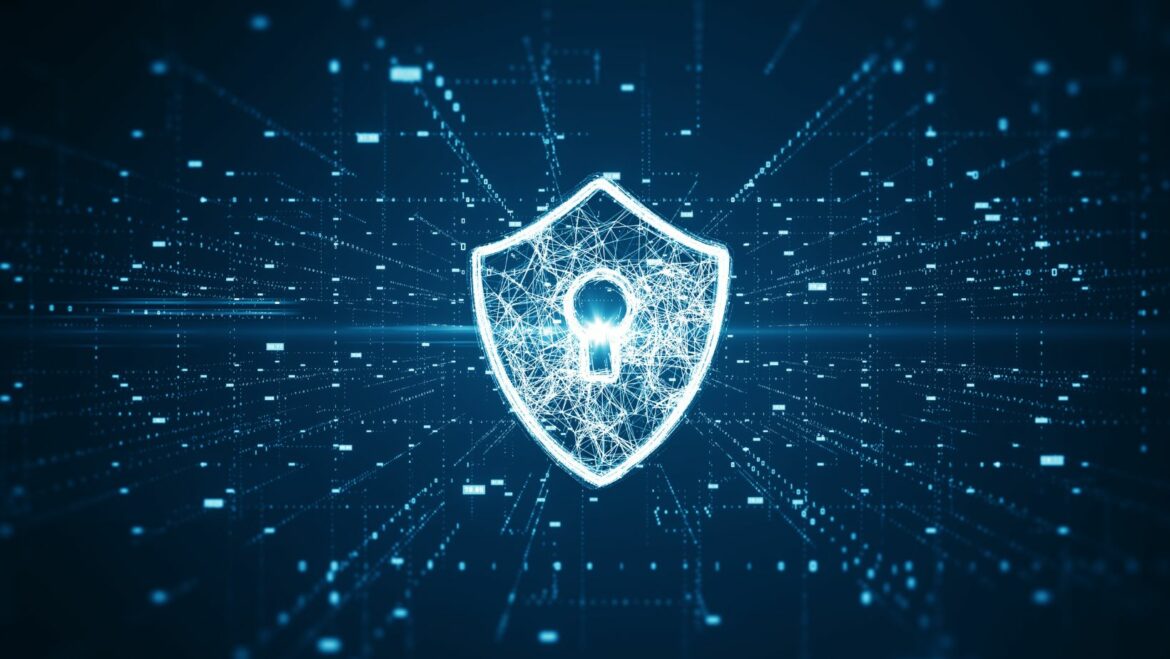Post PreviewKey Takeaways
- Network Detection and Response (NDR) is essential for identifying and countering sophisticated cyber threats.
- NDR leverages advanced analytics and machine learning for real-time monitoring and automated response.
- This approach offers key benefits over traditional cybersecurity measures, including enhanced incident response and reduced breach impact.
- Implementing NDR poses challenges like system integration and the need for skilled personnel.
Table of Contents
- Introduction to Network Detection and Response
- Understanding NDR Technology
- Why Traditional Security Measures Aren’t Enough
- Key Features of Effective NDR Solutions
- How NDR Enhances Incident Response
- Real-world Applications of NDR
- Challenges in Implementing NDR
- The Future of Network Detection and Response
Strengthen your cyber defenses by implementing Network Detection and Response (NDR) solutions. These solutions monitor and analyze network traffic for signs of malicious activity. NDR systems provide real-time threat detection, automated response capabilities, and in-depth visibility into network behavior. By identifying and mitigating threats early, NDR enhances overall security posture and helps protect critical data from potential breaches and cyberattacks.
Introduction to Network Detection and Response
It is more important than ever to keep ahead of dangers in the constantly changing field of cybersecurity. Conventional security methods must frequently adapt to the growing sophistication of cyber attacks. Therefore, adopting advanced solutions like network detection and response (NDR) is crucial to maintaining robust security postures. But what exactly is NDR, and why is it so essential today? Businesses in various industries are coming to understand how crucial it is to have proactive threat detection and response plans to protect data integrity and privacy.
Understanding NDR Technology
NDR technology leverages advanced analytics and machine learning to monitor network traffic. Analyzing patterns and behaviors can detect anomalies that signify potential threats. This proactive approach helps prevent cyber attacks before they cause significant damage. As networks grow and become more complex, the need for comprehensive monitoring tools like NDR becomes more apparent. These tools offer heightened security and valuable insights into network behavior, helping IT teams understand and mitigate risks effectively.
Why Traditional Security Measures Aren’t Enough
Antivirus and firewall software are traditional security measures that are no longer adequate. Cyber threats have evolved to bypass these defenses, requiring a more dynamic and adaptive approach. NDR provides this by continuously learning and updating its threat detection algorithms, ensuring it can counter new threats in real time.
This adaptability makes it a crucial component of any modern cybersecurity strategy. Organizations remain vulnerable to breaches that can compromise sensitive data and disrupt operations without such advanced measures.
Key Features of Effective NDR Solutions
- Real-time Monitoring: It continuously scans network traffic for suspicious activity. Instantaneous alerts and reports enable rapid response, minimizing the window of opportunity for attackers.
- Advanced Analytics: Uses machine learning and artificial intelligence to find odd patterns. These technologies can accurately differentiate between normal and abnormal activity, reducing false positives and enhancing threat detection precision.
- Automated Response: Upon detecting threats, countermeasures are immediately implemented. This reduces the risk of human error and speeds up response times, ensuring that threats are neutralized promptly.
- Scalability: Can adapt to any network size or complexity. Whether for a small business or a large enterprise, NDR solutions can scale to meet diverse security needs, offering flexible deployment options that cater to varying organizational requirements.
How NDR Enhances Incident Response
Responding to incidents is an essential part of cybersecurity. Organizations can rapidly identify and isolate threats with NDR, minimizing damage and recovery time. This swift action is necessary for maintaining business continuity and protecting sensitive data against breaches.
Effective NDR systems ensure that threats are detected and efficiently neutralized, thereby reducing the overall impact of cyber attacks. This proactive approach to incident response enhances an organization’s resilience against cybersecurity threats, safeguarding its assets and reputation. Furthermore, by integrating advanced analytics, NDR solutions can provide detailed post-incident reports that help understand attack vectors and improve future defenses.
Real-World Applications of NDR
Many industries have successfully implemented NDR to bolster their security. For instance, financial institutions use NDR to guard against fraud by monitoring for irregularities in transactions and account activities. Healthcare providers use NDR to safeguard patient data, guaranteeing adherence to rules and protecting the privacy of sensitive data. Additionally, in the retail sector, NDR monitors suspicious transaction patterns, while in education, it helps secure sensitive student and staff information. These real-world examples highlight the versatility and effectiveness of NDR. Organizations can significantly enhance their security postures by tailoring NDR solutions to meet specific industry needs. Moreover, NDR’s continuous monitoring ensures that even the most subtle threats are detected and neutralized promptly, thereby maintaining the integrity of critical operations across various sectors.
Challenges in Implementing NDR
Despite its benefits, deploying NDR takes a lot of work. Organizations may need help with integration with existing systems, the need for skilled personnel, and potential costs. It will require strategic planning and financial investments in resources and training to overcome these obstacles. Additionally, ensuring seamless collaboration between different organizational units can facilitate smoother NDR implementation and operation, maximizing its benefits.

Furthermore, organizations must stay abreast of technological advances and continually adapt their NDR strategies to address emerging threats effectively. The initial setup and tuning of NDR systems can be resource-intensive, but the long-term benefits of enhanced security and reduced breach impact far outweigh the initial investments.
The Future of Network Detection and Response
Our defensive systems need to change along with the latest developments in cyber threats. NDR represents the future of cybersecurity, with continuous advancements making it even more effective. AI and machine learning innovations promise to enhance NDR capabilities further, enabling even quicker and more accurate threat detection. Staying updated with the latest developments in NDR will be essential for any organization looking to safeguard its digital assets in the dynamic cybersecurity landscape of the future. Taking a proactive stance regarding NDR will guarantee that companies maintain their resilience in the face of changing cyberattacks. Continuous improvement while seeking guidance from IT support experts on proper integration with other advanced cybersecurity measures will further enhance the efficacy of NDR solutions, making them an indispensable tool in the modern cybersecurity arsenal.




